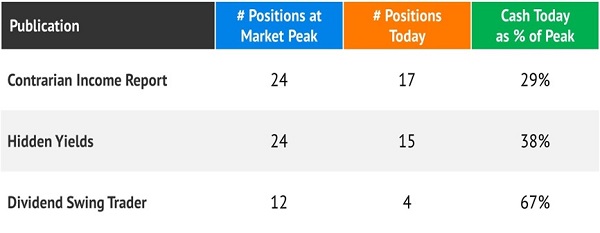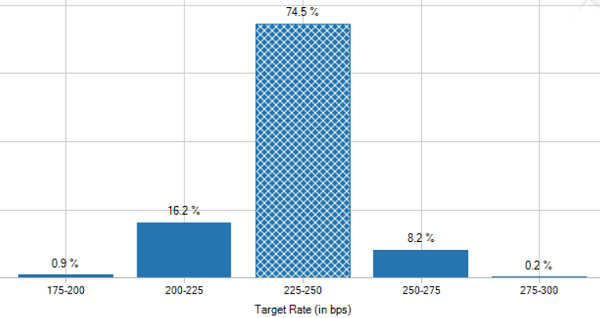What’s up with floating-rate funds? Why haven’t they all, well, floated higher in price as interest rates have risen over the past couple of years?
Is there any hope that they’ll finally float?
Today we’ll discuss five such funds—underperforming yet now cheap because of it—yielding up to 11.7%. Can they live up to their billing? We contrarians want to know because they are trading at large discounts to their net asset values (NAVs).
First, a primer on floaters. Floating-rate securities such as bank loans have variable coupons (interest payments) that are recalculated regularly—often quarterly, sometimes monthly—to reflect changes in short-term interest rates.… Read more



Recent Comments